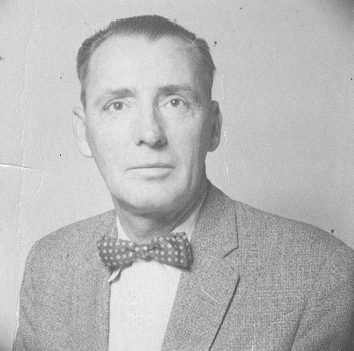
In David John Marotta’s 8/29/11 commentary, Neither Rationale for Social Security is Working, he states, “Every day the stock market drops, it is because more of us are selling than buying.”
Who are those “extra” sellers selling to?
I don’t understand how this can be. If there is a transaction, there has to be a buyer and a seller. The amount of buying and selling must always be the same. If someone wants to sell and there is no buyer, there is also no transaction.
What am I missing?
Yours is a common misconception. Publicly traded markets are created, they don’t just happen. For every stock listed on the stock exchange there has to be at least one ‘market maker’ who will guarantee that there will always be a market for that stock. Market makers must be willing to buy when every else is selling and sell when everyone else is buying.
A market maker stands ready to buy stock at a ‘bid price’ and sell stock at an ‘ask price.’ The difference between the two is called the spread. If the last trade made was at $40.00 per share, a market maker might set their bid price for $39.90 and their ask price at $40.10. So long as there are both buyers and sellers withing the spread, a market makers does not get involved. But when there are sellers and no buyers the market maker must buy at the $39.90 bid price.
After the market maker has purchased a certain number of shares, they are allowed by market rules to lower their bid and ask price. While there are sellers and no buyers, a market maker continues to gradually lower the price until the price becomes low enough for some brave traders to step in and start buying. It is sometimes said at this point that the market found resistance.
For commonly traded stocks there are several market makers and the spread is pennies. For less frequently traded stocks there may only be one market maker and the spreads become wider.

My grandfather, Donald Mortlock worked for a firm on Wall Street that made a market in several stocks. One of the stocks my grandfather’s company made a market in was American Can. Originally started in 1901, it was one of the growth stocks of the 1920’s because of the increased public appetite for buying prepared food stored in cans.
My grandfather’s job at the firm was matching up the trading tickets at the end of the day. Back then, a busy day in the market might be over a million shares total and he would have to stay late to reconcile his firm’s transactions. Today transactions in the markets sometimes exceeds 2 billion shares.
You can read his story in this column from 2006: Donald Mortlock – Making a Free Market.